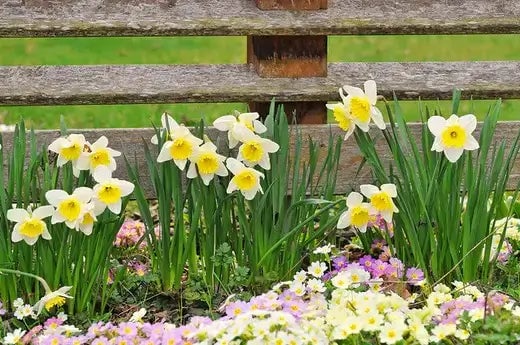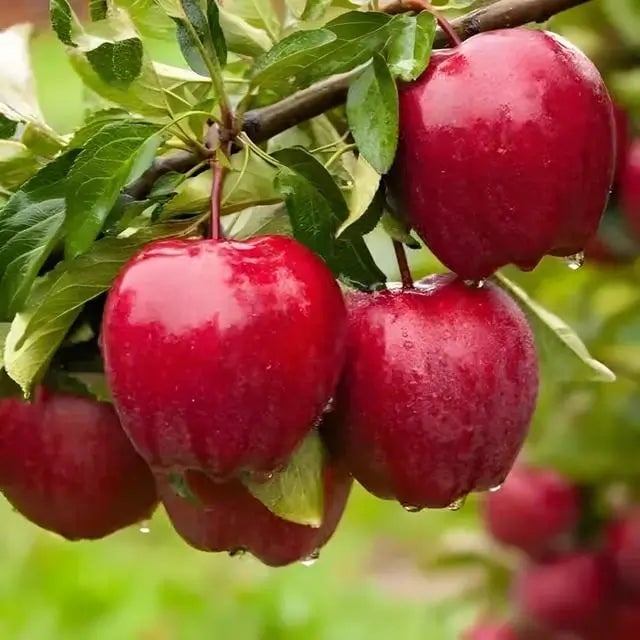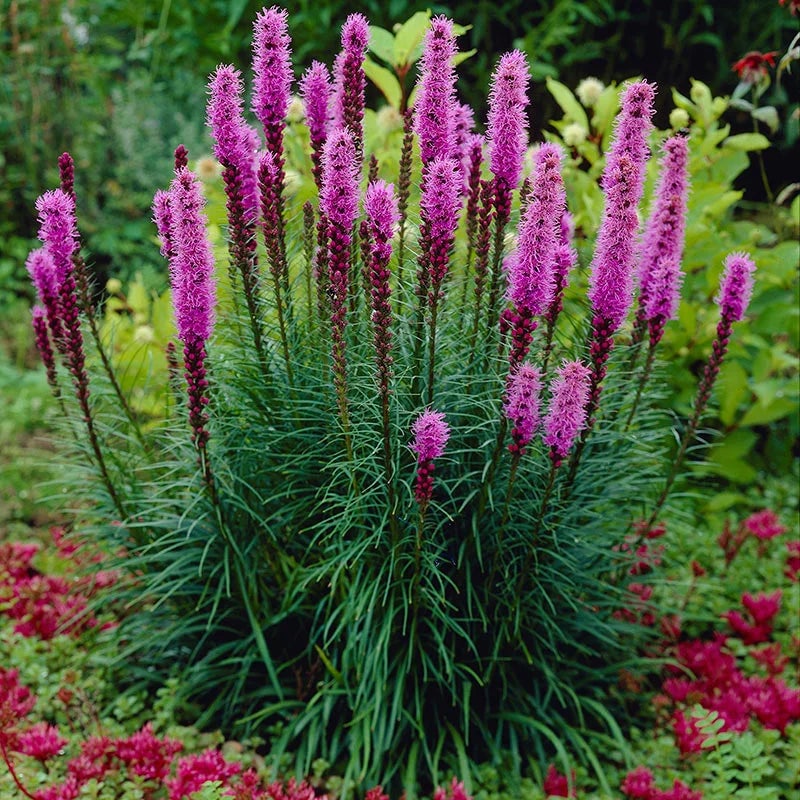Maximizing Small Spaces
Fenced gardens allow gardeners to build secluded spaces where plants can grow successfully under controlled conditions. If you own a fenced backyard or a compact urban courtyard space or patio with fencing your space can become a lush green escape with thoughtful planning. Gardens benefit from fences because they block wind, create a microclimate, and establish boundaries to keep wildlife and pets away. Fences enable vertical growing, which benefits gardeners who want to maximize their available space.
Proper plant selection, sun exposure analysis, and creative design methods improve the productivity and appearance of a fenced garden. Prairie Dock, Blue Star Amsonia, and Wild Senna establish well-in-fenced gardens, providing easy maintenance and lasting blooms that attract pollinators. Your garden space will thrive when you merge vertical gardening with layered plant arrangements and sustainable practices.
Select appropriate plant species to match your fenced garden's specific conditions.
Plants must be selected based on their performance in the unique microclimate conditions produced within a fenced area. An enclosure changes levels of light exposure, wind flow, and soil moisture, which affects how plants grow. Certain fences block sunlight during part of the day, which suits shade-loving plants, but some fences bounce back heat to support plants that withstand drought conditions.
The Prairie Dock native perennial species grows best in sunny locations because its deep roots allow it to withstand hot summer temperatures. Blue Star Amsonia is a low-maintenance perennial that gives enclosed spaces delicate blue spring blooms followed by golden fall foliage. The nitrogen-fixing Wild Senna plant improves soil quality and draws in pollinators. When gardeners choose plants that thrive in their region, they build a self-reliant ecosystem inside their fenced yard.
Utilizing Vertical Space for Maximum Growth
Vertical gardening thrives on fences, enabling plants to grow upwards and across structures or display in hanging pots. Gardeners can use trellises to train Clematis and Coral Honeysuckle to grow vertically, creating a more dynamic appearance and increasing height within enclosed garden spaces. By mounting planter boxes and vertical pockets onto fences you gain more space for planting while using the minimal ground area effectively.
Vertical gardens are designed to deliver edible advantages. Vegetables such as pole beans, cucumbers, and passionfruit vines grow well on trellises that run alongside fences. Espaliered fruit trees trained to grow against walls or fences maximize yield from compact spaces. Small yards gain more production using this European gardening method, which also functions as a distinctive design feature.
Creating a Layered Planting Design
Without careful planning, a fenced area can appear restricted. Various layers of plants, beginning with tall shrubs or trees beside the fence, then mid-sized perennials, and ending with low-growing ground cover, enhance the space depth and soften the fence edges. The layered planting design replicates natural ecosystems, which results in increased biodiversity and better soil health.
Switchgrass and little bluestem, among ornamental grasses, generate movement and texture, which also serves as a habitat for beneficial insects. Purple Coneflower and Blazing Star are flowering perennial plants that deliver bright colors alongside essential nectar for pollinator species. Creeping thyme and wild strawberries serve as living mulch since these low-growing plants prevent weeds from developing and stop soil erosion. Gardeners who implement layered planting methods create expansive landscapes that appear larger than their actual space.
Fenced gardens have restricted ground space, making using containers and raised beds beneficial. Gardeners can manage soil composition and drainage through raised beds while improving maintenance by raising plant levels. Raised beds establish defined spaces that create structural definition in enclosed garden areas.
Container gardening permits gardeners to relocate plants to suit their sunlight requirements. Gardeners can grow small trees using big planters and display seasonal flowers and herbs in perpetual change using smaller pots. Different container heights increase garden depth, making small spaces look larger.
Attracting Pollinators and Beneficial Insects
When fences surround gardens, they can block pollinators from entering, but planting flowers full of nectar and creating habitats for bees, butterflies, and hummingbirds remains necessary. The ecological benefit of space is maintained by selecting native perennial plants such as Wild Senna, Prairie Dock, and Blue Star Amsonia.
Sequential blooming plants throughout the growing season maintain pollinator populations from early spring until late fall. When bee hotels, shallow water sources, or nesting sites for beneficial insects are installed in the fenced space, a thriving ecosystem develops. By not using chemical pesticides and adding companion planting methods, we can help maintain biodiversity.
Fences modify wind patterns and light exposure, creating individual microclimates. Fences reflect sunlight, increasing heat in hot regions, but they also help protect plants from frost during cold seasons. Gardeners who understand microclimate effects can choose plants that flourish in their garden environments.
Correct plant placement depends on using shade-loving species in garden areas that stay cooler and sun-loving plants in spots where reflected light creates warmth. Gardeners must alter their watering methods based on microclimate impacts because certain regions will lose moisture more quickly than others, which hold onto it better.
When seating areas, decorative arbors, and pergolas are added to a fenced garden, it becomes more functional and visually attractive. The structures function as focal points, expanding usability and turning the space into a tranquil oasis.
A bench with a trellis cover or a pergola embellished with climbing roses turns a fenced backyard into an exclusive private retreat. Garden spaces become more dynamic by adding raised platforms and stepping stones, which create multiple dimensions. Gardeners who incorporate hardscaping components achieve an equilibrium between natural aesthetics and intentional design.
Gardens with fences sustain productivity through sustainable gardening methods which protect the environment. Gardeners who collect rainwater in barrels rely less on city water supplies while those who compost food leftovers naturally improve their soil fertility.
Planting native species reduces fertilizer demands and decreases watering needs as mulching around plants maintains moisture levels and controls weed growth. No-dig gardening methods preserve soil health because they avoid disturbing beneficial microbial communities. Fenced gardens remain prosperous when sustainability is at the forefront of their design.
Planting along fences creates more privacy and beauty even though fences already serve as physical barriers. Plant fast-growing shrubs and ornamental grasses along fence lines or use small trees to soften the appearance of enclosures naturally.
Winterberry holly and viburnum establish living walls that provide seasonal beauty and habitats for local wildlife. Combining evergreen plants with deciduous species provides continuous coverage throughout the year, keeping areas secluded during winter months. Gardeners who arrange their plants carefully can transform their fenced areas into lush private sanctuaries.
The size of fenced gardens does not limit their potential for imaginative planting arrangements and sustainable ecological designs. When gardeners plan carefully and choose appropriate plants, such as resilient native perennials like Prairie Dock, Blue Star Amsonia, and Wild Senna, they can convert enclosed areas into vibrant landscapes that exhibit beauty and support diverse ecosystems.
Transforming a Fenced Area into a Flourishing Garden
Building your own fenced gardening space becomes a gratifying endeavor. The space is a private sanctuary for plant growth and a testing ground for landscaping creativity, allowing personal ownership of the area. With either a small patio bordered by wooden panels or an extensive garden enclosed by metal fences, you can create your own blossoming personalized retreat using many different methods. The following information provides you with important considerations and valuable tips that will enable you to optimize your fenced garden space.
First, assess the space. Start by recording the measurements of your fenced space and observe any slopes or irregularities in the ground. This step lets you create a mental image of your garden layout, including possible locations for raised beds, containers, or row gardens. Understand how sunlight moves through the area throughout the day to determine the spots receiving intense afternoon sun versus morning sun, which will guide plant selection and placement. Assess existing structures such as sheds, gates, and patio furniture because they will influence your design.
After assessing the space alongside environmental factors, decide on the desired theme or style to implement. Are you planning to create a modern minimalist garden with clean lines and neutral colors? Perhaps you prefer a whimsical cottage-style garden with climbing vines and vibrant colors. The overall appearance becomes more unified when you coordinate your garden layout with the fencing style to match your aesthetic preferences. Wooden fences offer customization options through paint or stain treatments, which establish different aesthetics, such as dark stains creating a modern look, while white pickets deliver a traditional appeal.
Identify which structural components will establish your garden space. Raised garden beds are favored because they control soil quality and enable customization to fit dimensions within fenced spaces. Their design allows plants to reach a height that makes planting or weeding activities easier on your back. Vertical gardening techniques offer an innovative solution for utilizing wall space effectively and prove invaluable for small fenced yards. You can create visual appeal and increase usable space in your garden by installing trellises along fences, living walls, and hanging planters.
Pathways and seating areas can introduce more character into the garden space. A well-placed path can help visitors navigate through fenced gardens. Stepping stones, gravel, and reclaimed bricks form a beautiful pathway separating the garden planting areas. A seating nook provides a relaxing spot to appreciate your garden work, ranging from a single bench placed among flowers to a fully developed patio with seating and decorative lighting. Decide if you want to create a peaceful reading nook or a layout that allows you to entertain family and friends.
Your plant choice plays an important role in customizing your fenced garden space. When you desire both functional produce and visual appeal, you should consider planting a combination of flowers, herbs, and vegetables. Identify your climate zone and soil characteristics to select plants that perform best in those specific conditions. To ensure privacy while combating street noise and curious neighbors, tall shrubs alongside fast-growing vine plants such as climbing roses or honeysuckles create a dense green boundary. Container gardening enables flexible management of smaller fenced spaces. You can rearrange pots according to requirements, organize them based on watering schedules, and move them inside to protect against extreme weather.
Maintaining garden interest throughout the year is particularly important in regions with apparent seasonal changes. Incorporate evergreen shrubs and ornamental grasses to retain structural presence during winter months. A garden with different plants blooming at various times throughout the year maintains a continuous floral display with early spring bulbs and late autumn asters. Plants create an attractive garden that supports pollinators and birds by providing seasonal food sources.
Make sure to add final decorative elements that provide personality and warmth to your space. Personalized sculptures, wind chimes, or decorative stones reflect your individual preferences. Installing bird feeders and small water features like birdbaths and miniature fountains invites nature into your space and creates a peaceful atmosphere. Consider soft outdoor lighting solutions because they will highlight your plantings while creating a friendly ambiance during nighttime hours. Pathway solar fixtures, overhead string lights, and patio table lanterns enable your fenced area to shift smoothly day to night.
Your fenced garden is a private sanctuary that showcases your style alongside essential features. With proper layout planning and plant selection that reflects your style preferences, even the simplest fenced yard can become an inviting and flourishing retreat. The potential for garden customization stretches infinitely when you imagine vibrant flowers climbing trellises, orderly vegetable rows in raised beds, or serene seating areas surrounded by aroma-rich herbs. With mindful planning and creative touches, a fenced space transcends its essential function of becoming a private natural retreat.
Read more
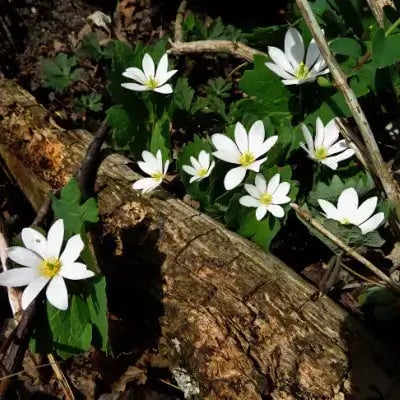
Native Wild Plants, Many Species, and Lots of UsesTN Nurseries best selling Wild flower perennialsWater willowAster Blood RootGeraniumTiger LilyAs their name suggests, native wild plants also conta...
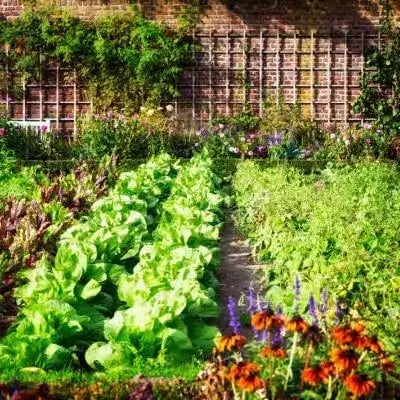
Gardening naturally without using fertilizers or pesticides can be both a learning and an enriching experience for a home gardener. Incorporating different native plants in your plant nursery and y...


